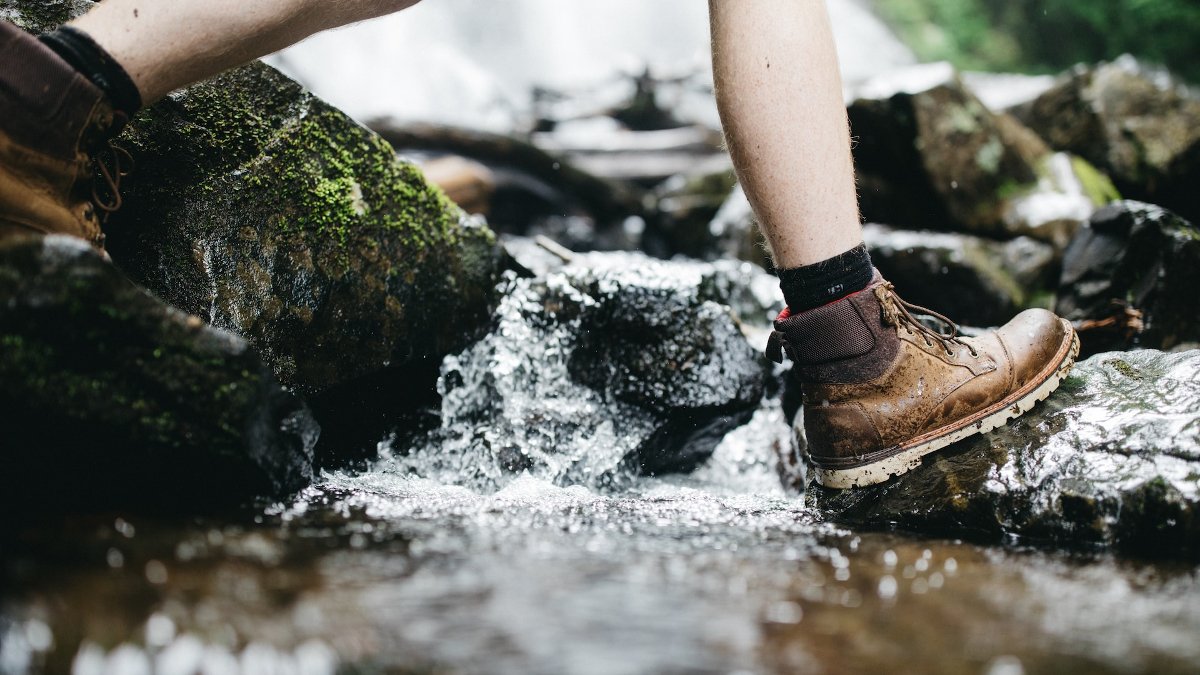

This is an ongoing debate between hikers of all kinds, relating to hiking shoes vs. traditional hiking boots. When I worked in a popular footwear department, customers would come in insisting on high-top hiking boots for “ankle support.” As a thru-hiker, I had long ago made the switch to hiking in trail-running shoes. I would often try to advocate for these, but of course, the reality is that some people needed that support. My suspicion, though, was that more importance is placed on ankle support than is due.
Videos by Outdoors
The thing is, so much of the information you find on this topic is anecdotal and based on personal opinion. We’ve compiled information from different scientific studies to give you a more definitive answer. Most of these studies are focused more on team sports than hiking specifically. Still, there is some important information that applies to the hiking boot debate. In many ways, we’re just hoping to translate the science into a guideline for you to use when selecting footwear. Finally, an answer for your question: is ankle support in hiking a myth?
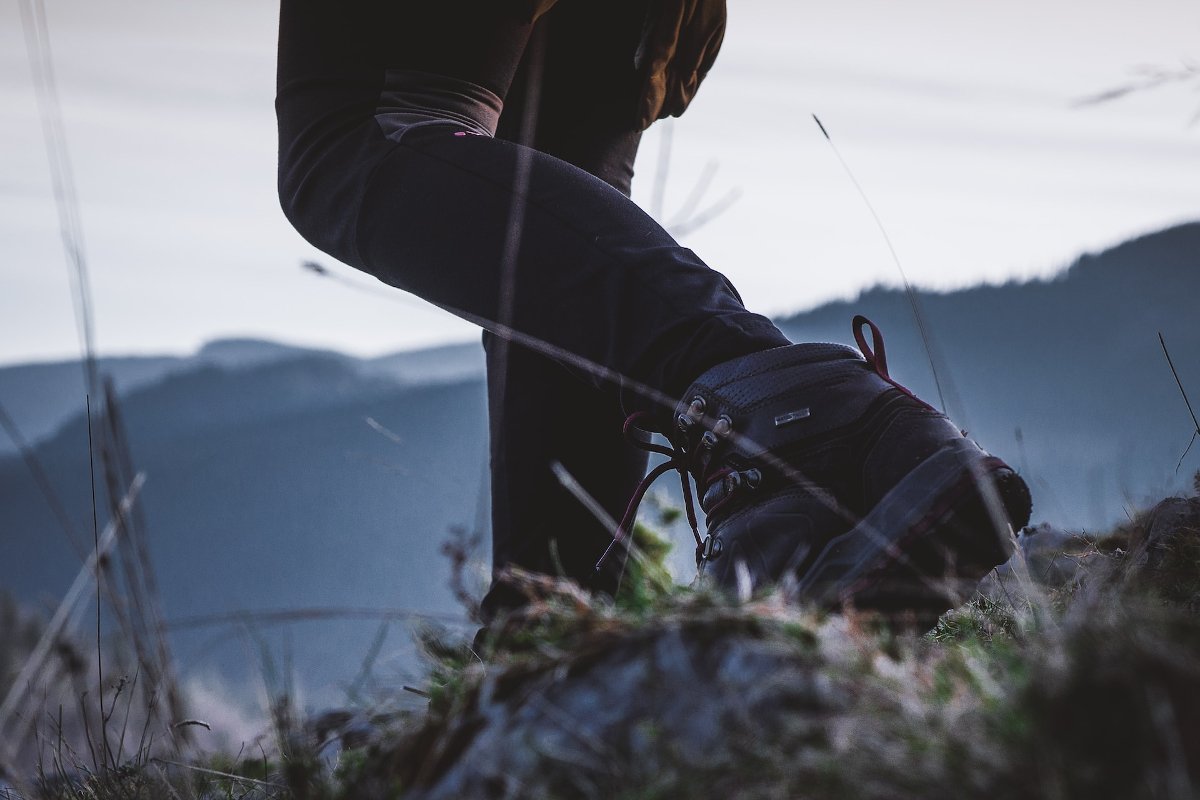
Do You Need Ankle Support in Hiking?
If you have recently injured your ankle or are prone to ankle-related injuries, then yes, you should seek out support for hiking. If you neglect to stretch your ankles or have poor balance, some form of support may also be helpful for you.
When it comes to knowing who should be seeking out ankle support, this overview has been particularly helpful. Those most likely to suffer ankle injuries in sports are as follows: players with a history of ankle sprain, players wearing shoes with air cells in the heel, (a past trend in basketball shoes,) and players who did not stretch before exercising. Respectively, they are 4.9, 4.3, and 2.6 times more likely to injure their ankles. People with poor single-leg balance and overweight players also had increased risk. The biggest takeaway for us is that you are five times more likely to re-injure your ankle if you have a history of doing so. Also, stretch before you hike.
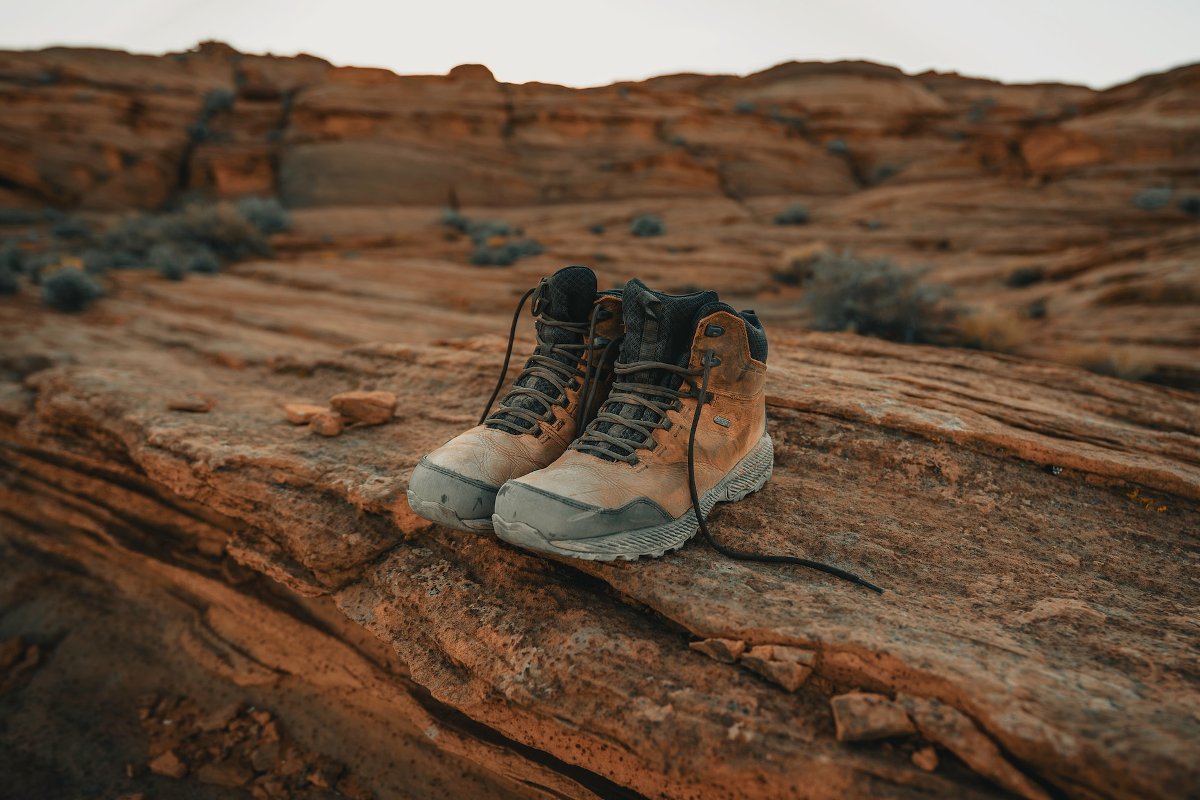
How Do You Prevent Ankle Strain in Hiking?
While rigid boots are likely better than nothing, the best interventions are semi-rigid orthotics or ankle braces. The function of boots is different from that of an ankle brace. We shouldn’t pretend that they perform an equivalent task. Depending on the severity or frequency of your sprains, orthotics may be helpful.
We’re pulling this information from a study called “Interventions For Preventing Ankle Ligament Injuries.” This study was especially helpful in pointing out the potential role of orthoses (orthotics) in preventing ankle injuries. Most people think about immobilizing the ankle, not necessarily about providing extra stability underfoot. When we stop to think about it, it does stand to reason that helping to stabilize hikers’ gaits would be helpful. On particularly uneven terrain, though, an orthotic may only go so far. Here’s another notable quote from the study: “The protective effect of ‘high-top’ shoes remains to be established.”
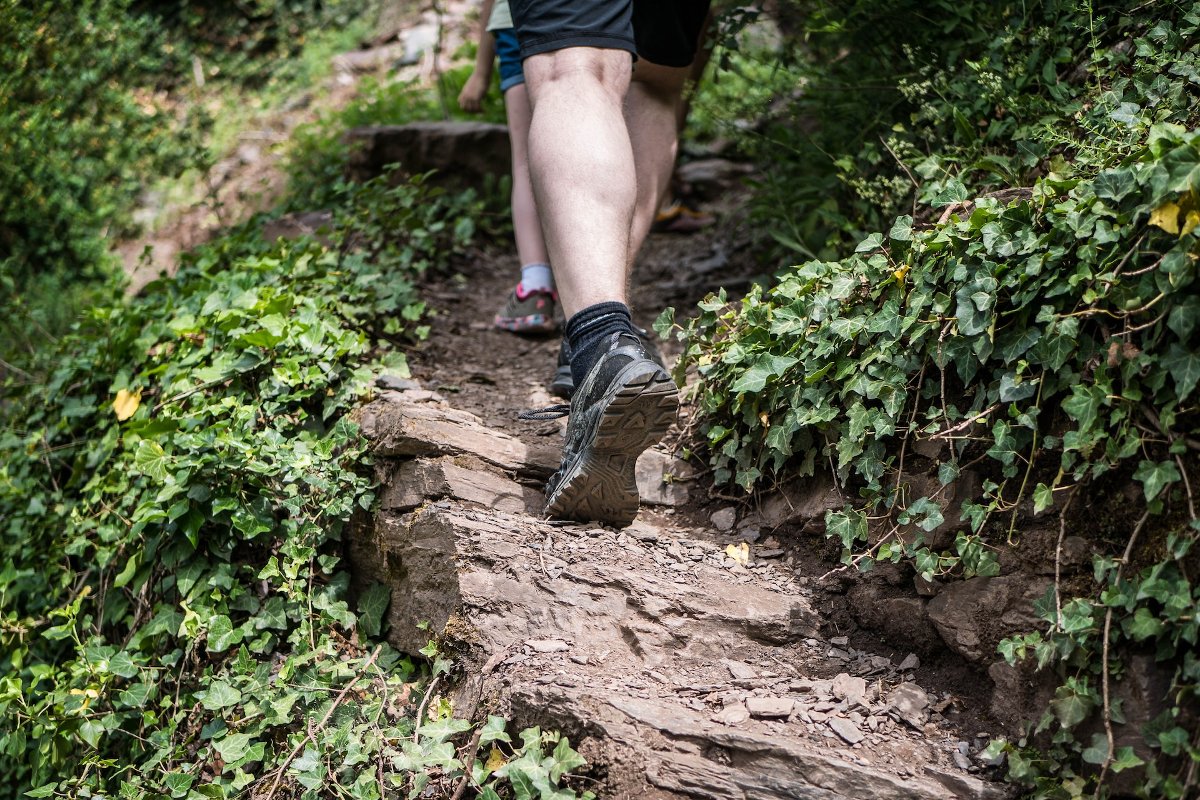
Do High Tops Actually Provide Ankle Support?
Yes, high-top hiking boots can be beneficial when it comes to supporting your ankles, but there are still some questions. Some research gestures to them negatively affecting our muscular reaction time. Other research shows they can reduce the severity of strains. When choosing boots, hikers should consider how prone they are to ankle injury and how rigid their boots actually are. The condition of the potential strain itself, such as the weight on the ankle and the degree of inversion, are also important factors.
Most high-top hiking boots may not help all that much. If we’re hoping to immobilize the ankle, the majority of hiking boots on the market aren’t rigid enough. There’s an exception in premium, heavy-duty mountaineering boots, such as the La Sportiva Nepal. Boots like this won’t allow your ankle to move at all, but they’re really only applicable in high-alpine, mountaineering scenarios. There’s a spectrum here, and the Nepals are an extreme side of that spectrum. There are less heavy-duty boots that can assist in keeping your ankles steady. When shopping, try to get a sense of how rigid the boots’ material is.
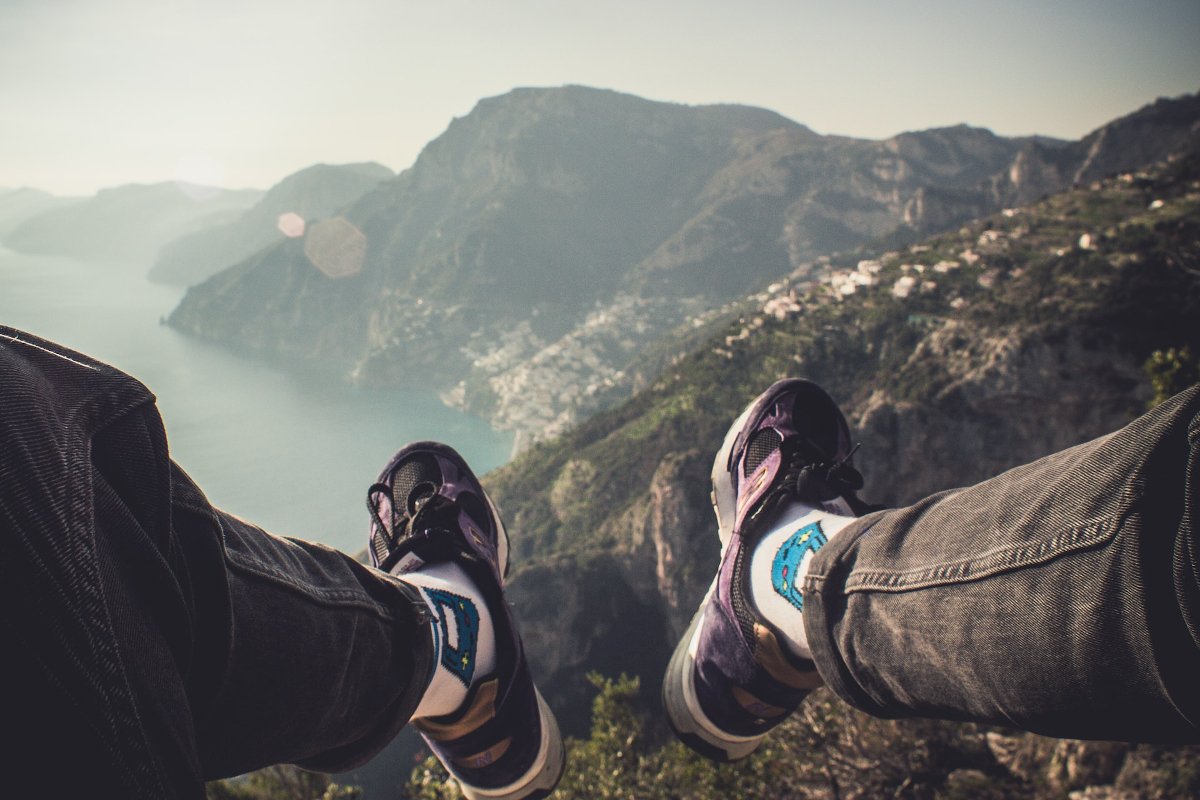
What’s the Science?
Let’s dig a little deeper. One study focused on basketball players, who are likely to strain ankles upon jumping then landing. It found that high-top shoes may actually slow down pre-landing muscle activation. The muscular preparation for landing is vital to preventing ankle strain. It assists in positioning the foot correctly, protecting ligaments and joints from injury. These high-top basketball shoes were certainly not “rigid” enough to prevent the ankle inversion when their subjects landed on a slanted surface.
There is a major difference between this study’s use of basketball shoes vs. our application to hiking. If you’re looking at boots for stability, the rigidity of the high-top portion is going to be important. Many boots on the market don’t provide much more rigidity than a basketball shoe, so this explanation could still be applicable. If you are prone to ankle injury and need that support, you’ll likely want to go for a more heavy-duty boot than you would otherwise use. There’s also a noted difference in this study between landing from a high vertical jump and less impactful footsteps while hiking, which should be taken into account. The lesser the impact, the lesser the force, the less likely you are to sprain.
Can High Tops Put Us at Higher Risk?
An alternative explanation that study offers is related to our perception of shoe height. This one seems to ring true for hikers and their boots as well. The perception that a pliable high-top shoe feels safer may subconsciously cause hikers’ muscles to have later, less notable muscle activity in response to a potential strain or roll. Our idea that these boots provide more support than they do may actually work against us, decreasing ankle stability in the end. It’s worth noting that the authors of this study do not paint this as completely conclusive evidence, but encourage further research. They define this as “preliminary” evidence.
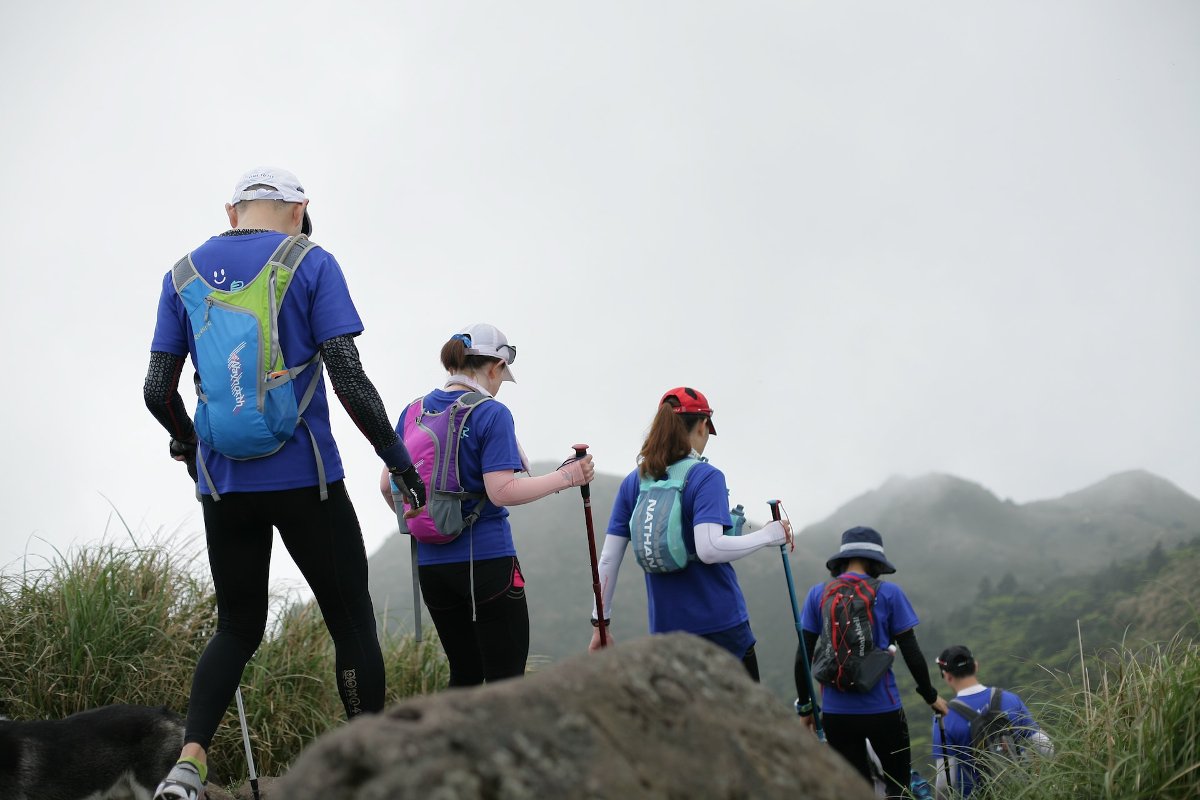
Can Hiking Boots Prevent Ankle Strains?
While boots can’t guarantee strain prevention, there is evidence that they could at least reduce a strain’s severity. At least, high-top shoes have been shown to reduce the degree of ankle inversion and the rate of inversion when simulating sudden sprains.
We found this study from BYU particularly interesting as we researched this article. Some of the research we’d come across seemed to suggest that traditional hiking boots may not be all that effective in preventing strains. This study, though, has some of the best evidence so far for those in favor of high-top boots. Comparing this with the previous study cited, they both focus on sports, but in different applications. In their discussion, the BYU study looked at basketball as well as tennis, while the other, which suggested high-tops may slow down muscle activation, focused more specifically on basketball players landing from jumps. Perhaps the key difference could be what the BYU study calls “loading conditions.”
How Much Do Hiking Boots Help Prevent Ankle Strains?
A high-top shoe has been found to reduce the amount of ankle inversion by 4.5°, the maximum rate of inversion by 100.1° per second, and the average rate of inversion by 73° per second. In layman’s terms, hiking boots with substantial support could help your ankle not roll as badly or as fast in the case of a sudden sprain.
4.5° may seem like a small number, but when it comes to stretching or tearing the ligaments in your ankle, it’s fairly significant. Similarly, 100 degrees per second may seem like a huge number, but keep in mind how quickly sprains occur. It’s in the blink of an eye. That said, the BYU study does believe that slowing down the rate of inversion could allow extra time for the muscles to respond. In the conclusions of the BYU study, they do have to include the caveat that it depends on the loading conditions that I mentioned. Perhaps those basketball players landing from a greater height had more intense loading conditions. Perhaps the inclusion of a heavy backpack would have much the same effect.
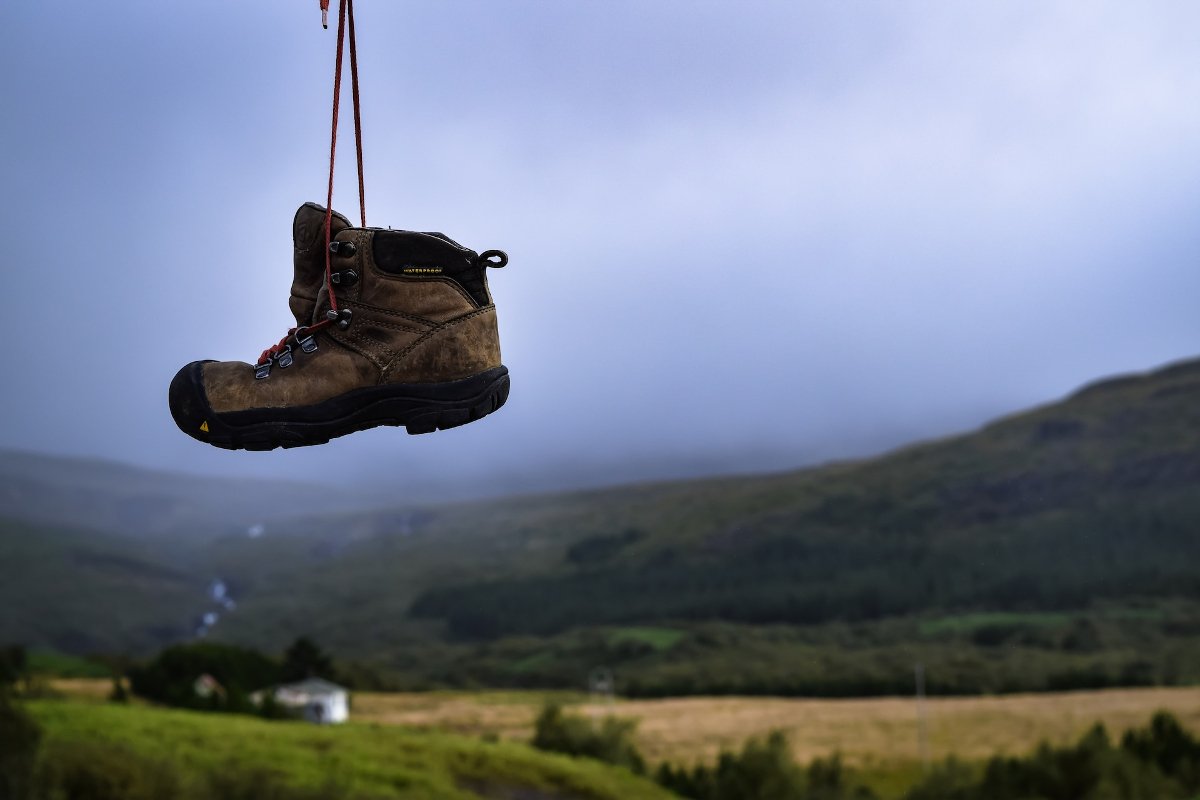
Conclusion
Of course, the research is still imperfect, and our interpretation of the research may be imperfect. It’s hard to find research specifically on hiking boots and hikers. We have to wonder if maybe that’s because of how varied hiking conditions, hiking boots, and hikers themselves can be. Still, there are a few major takeaways from our research.
First, you are most likely to sprain or injure your ankle if you have already done so recently or are prone to ankle injury in general. People that fall into this category should seek ankle support. Second, the best ankle support still comes in the form of braces and orthotics—though again, the uneven terrain in hiking may affect the role of orthotics. It stands to reason that an ankle wrap or a brace used in tandem with a sturdy boot could be a good option.
Third, high-top shoes have been shown to reduce ankle inversion and the rate of inversion, though that effect is dependent on “loading conditions.” So, hikers and backpackers should consider the weight of their backpack and their own body weight as it compares to their boots. Fourth, there is a mental aspect. Wearing high-top boots that are not sturdy and believing they are may be the worst possible option. If you have healthy ankles, perhaps there’s something to be said for doing away with the support and strengthening them further through exercise.


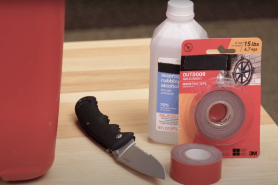
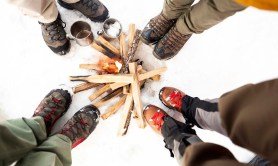

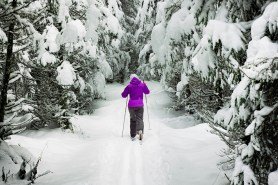


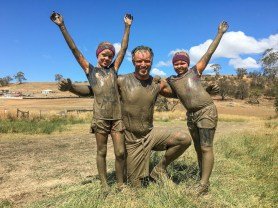
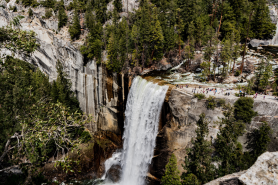
Pingback: Do Kids Need Hiking Boots? (Spoiler: They Probably Don’t) - Mom Goes Camping
You say that more attention is placed on ankle support than is necessary. I naively thought this too, before breaking my ankle on a hike, which took a painstaking 4 hours to get off the mountain and seek help for. In turn, struggling to get to a point where a ranger could be contacted for rescue, I did more damage to my ankle than I would have conventionally, and will forever live with this pain. Take ankle support seriously, as you never know what’s around the corner.